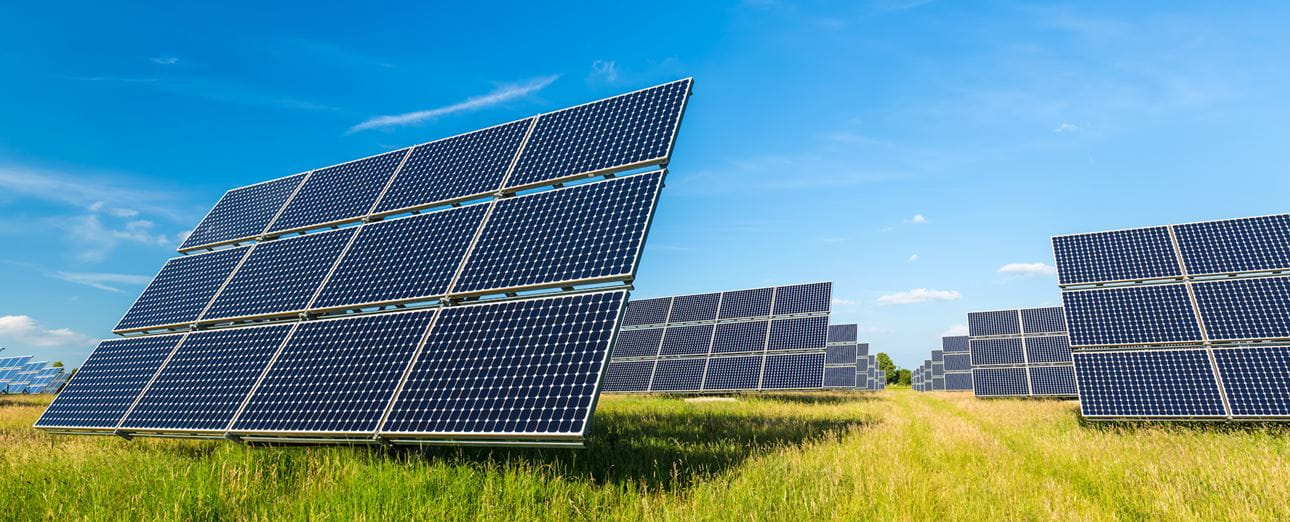Built Environment
Building healing spaces that are as healthy for the environment as they are for our patients and staff.
Learn More
Dedicated to sourcing all of our electricity from renewable means by 2025
We at Rochester Regional Health believe in the close relationship between the well-being of our community, environment, and our financial health. Guided by this belief, we manage all our resources conscientiously, aiming to limit our environmental footprint and spearhead sustainability initiatives in the Northeast.
Though it is known that hospitals consume more than double the energy than typical commercial buildings and generate significant waste per patient, Rochester Regional Health is steadfast in breaking this norm.
Our Sustainability Department is devoted to refining the healthcare experience, preserving a robust environment, and curbing healthcare costs. We're actively managing waste, eliminating harmful substances, and fostering a sustainable community for now and future generations.








Sustainability is a global problem with everyday solutions. Following the simple steps outlined below are just a few ways to make your own individual contribution towards a more sustainable future. Our patients and staff, from today and tomorrow, thank you.
Switch off lights in empty rooms
Report leaky windows, doors, faucets, or fixtures to [email protected]
If responsible for equipment, consider energy-saving or lower water use models
Change default printer settings to double-sided
Take the stairs – saves energy and burns calories
Turn computers off or change to “Sleep” mode when not in use
If you normally use three paper towel or napkins, try two. If two, try one
Think before you print or copy. Really necessary? If so, recycle when you no longer need it
Use reusable water bottles or coffee mugs whenever possible